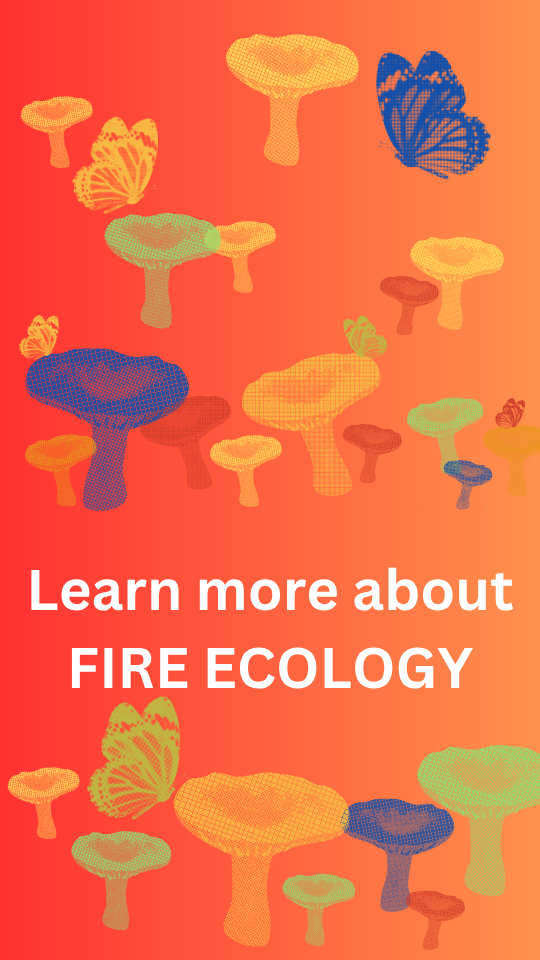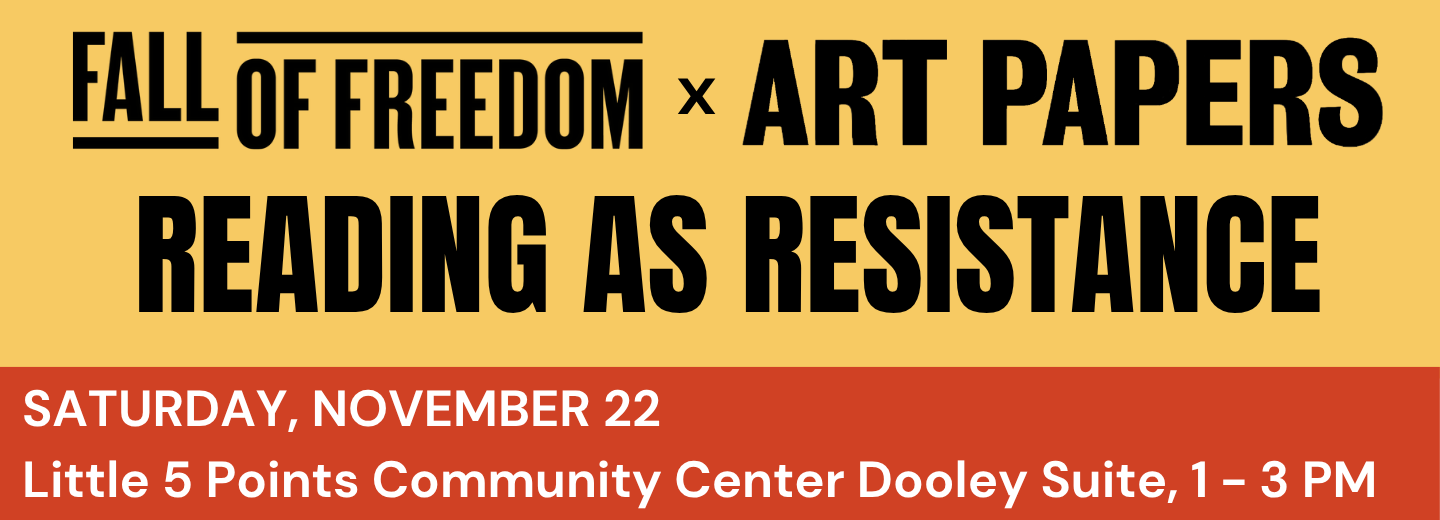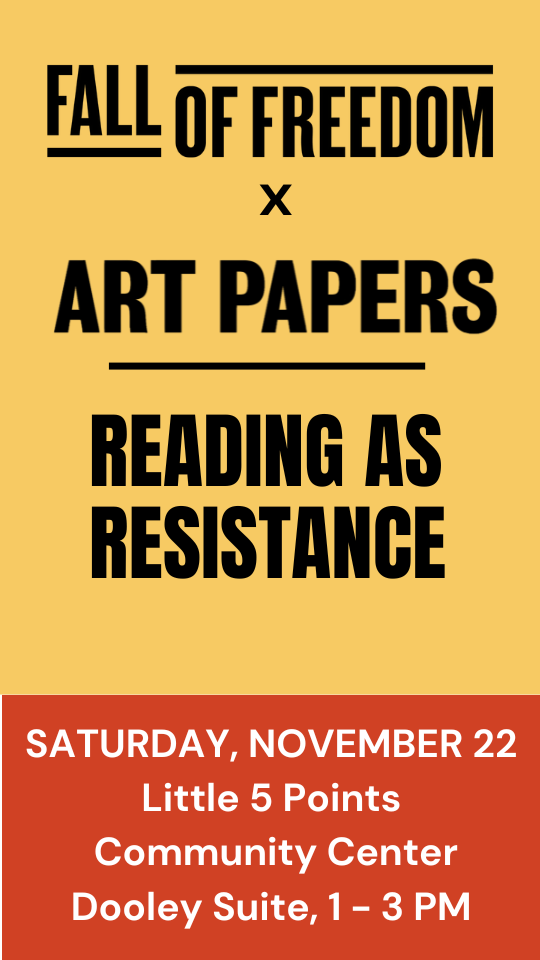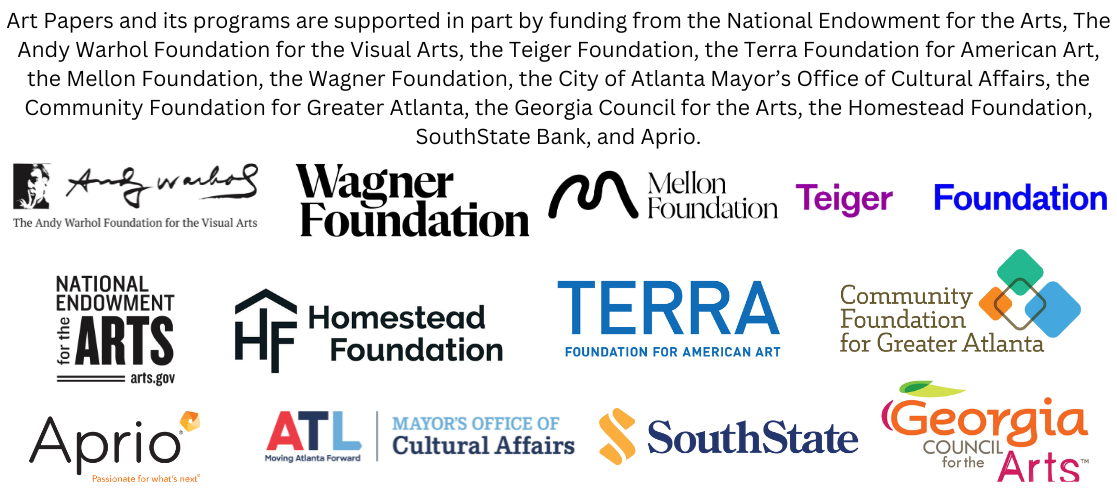Spot 1: HORROR AFTER HORROR

Idol Horrors: The Thrills and Chills of Obsession
Listen to Our Muertos—Emperatriz Plácido San Martín
Horror After Horror
This issue, Horror After Horror, explores a range of interpretations and evocations of Horror as a medium of displacement through which to process extreme feelings and cultural conflicts. The title alludes both to the relentlessness of horrific events unfolding on a global scale and to the anticipation and unthinkability of what could come next.
Essex Hemphill: Take Care of Your Blessings
Spot 2: 1990 ARCHIVE FEATURE “ON CRITICISM”

SPECIAL 1990 ISSUE ON CRITICISM
Art and The Public
What is a Critic Now?
The Role of Art Criticism in the Community
Spot 3: AIDS, Art, and Activism
Gone But Not Disrespected
On the last Sunday in June 2022, a particularly hot day in Philadelphia, about 100 of us gathered in front of Saint Luke’s landing for the culmination of an experimental AIDS memorial called Gone and for Ever, a community-informed spectacle of sight, sound, and grief—part of Remembrance, a project of the William Way LGBT Community Center and funded by the Pew Center for Arts & Heritage—to grapple with the question of how to memorialize amid the ongoing crisis.
Reckless Rolodex
VOICE = SURVIVAL
AIDS Art Action
Spot 4: Perception Stains Reality
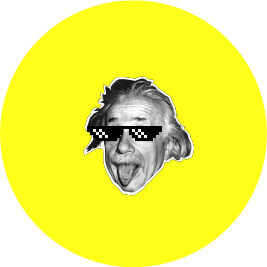
Augmented Reality Revolution
Céline Browning introduces a wave of artists using smart phone apps to reclaim public spaces of protest.
Heritage Algorithms and Other Letters to the Future
Doireann O’Malley: Floating Worlds Apart
Lydia Horne interviews Doireann O’Malley about getting lost, the building of virtual spaces, and presenting us with a post-human reality in their recent work, New Maps of Hyperspace_Test_01.
and we were dancing
Remote Access parties and Levani’s 127.1 BPM represent new, expansive ideas of the commons where queer, trans, immigrant, and disabled communities have gathered, and will gather, transgressively.
Spot 5: Of Myths and Monsters

Ruben Ulises Rodriguez Montoya: Devastated and Hopeful
Ruben Ulises Rodriguez Montoya is an art- and myth-maker whose work distorts the imaginary lines that exist on land between states. His chimeric “lil beings,” as he calls them, are reconfigurations of found, personal, and organic materials, which he animates with allegories of displacement, inspired by ancient Mesoamerican myth and folklore.
It Shall Not Be Named – Carlos Motta: Your Monsters, Our Idols
Cryptozoology: Out of Time Place Scale
Telling Stories About Ourselves: Zia Anger’s Radical Mythmaking
Spot 6: Food for Thought; Thought for Food

7-Eleven Glazed Honey Bun
Art and Food: Better Together?
Fanny Singer sheds historical light on contemporary art practices using food sourcing, making, and eating as platforms for social engagement.
Milk
Charting the historical, cultural, and scientific resonances of milk, the exhibition draws connections between protection and power. Across the works, milk closes the space between bodies. It destabilizes those things we typically consider natural, and it asks who gets to participate in the fantasy of motherhood.
The National Gingerbread House Competition™
Spot 7: FROM THE GLOSSARY

anal
Parasite
clarkston
Just outside Atlanta, one of America’s most diverse refugee destinations.


